|
HOME: www.hiltonpond.org |
|||
THIS WEEK at HILTON POND Subscribe for free to our award-winning nature newsletter (Back to Preceding Week; on to Next Week) |
BIRDS OF SPRING 2015 At Hilton Pond Center we're interested in all aspects of natural history, but as the most active year-round bird banding station in South Carolina over three decades we often devote our attention to avifauna we encounter. That's especially true in spring, when migrant birds return to or pass through this part of the state. Although the Carolina Piedmont isn't exactly a major migratory path like the Atlantic Flyway or Appalachian Corridor, we still get our share of birds moving up from their wintering grounds in the Neotropics. Some stay and others move on to points further north, so when we unfurl our mist nets during early May we never know what we might capture--ample incentive to arise early each morning for 12-plus hours of field work. Thanks to help from Ernesto M. Carman, our Operation RubyThroat colleague and co-investigator visiting this week from Costa Rica, we caught and banded quite a few birds whose images are worth sharing herein. Enjoy!
All text, maps, charts & photos © Hilton Pond Center Each spring we get numerous calls and e-mails from folks who spy at their feeders a little blue bird they say is NOT an Eastern Bluebird. That leaves only two real possibilities, the most likely being the sparrow-sized Indigo Bunting male (above). There's usually a big rush of INBU in late April and early May, when these brightly hued birds do reveal an interest in nutritious black sunflower seeds. We have seen and banded this species 353 times since 1982 at Hilton Pond Center and also encounter it on our midwinter hummingbird expeditions to Costa Rica and Belize.
All text, maps, charts & photos © Hilton Pond Center Female Indigo Buntings (above) attract much less human attention than their male conspecifics; they are, in our opinion, the most nondescript bird in North America. Instead of the multi-hued indigo and cyan of the male, the female is uniformly mousy brown, with an occasional hint of blue on the shoulders or body plumage. For people who find the female hard to identify, we always point out the bi-colored nature of the bill: Black above and tan below.
All text, maps, charts & photos © Hilton Pond Center Observed less often at the Center is a second blue bird of spring: Blue Grosbeak. Adult males of this species (above) look like an Indigo Bunting on steroids--twice its size and with the added bonus of a pair of rusty wing bars.
All text, maps, charts & photos © Hilton Pond Center The bills of Blue Grosbeaks are also bi-colored but much heavier than in Indigo Buntings. Despite such imposing mandibles, most BLGR we've banded are passive in the hand and don't nip or bite. Although we have nesting records for Indigo Buntings AND Blue Grosbeaks at Hilton Pond Center, the latter are much less common with only 66 banded since 1982. Back in the 1970s we found a lakeside BLGR nest not far from here parasitized by Brown-headed Cowbirds.
All text, maps, charts & photos © Hilton Pond Center A second Blue Grosbeak we captured this week looked much different from the first bird. At first we thought it was a mature female with an unusual amount of blue plumage, but after further examination concluded it actually was a second-year male that fledged in 2014.
All text, maps, charts & photos © Hilton Pond Center In Blue Grosbeaks, males and females start out with dull brown body feathers--plus the two rusty wing bars--and the male takes two years to acquire his blue suit. To our eyes, both adult and immature plumages of the male are quite striking; we've spent a lot of time admiring the image just above.
All text, maps, charts & photos © Hilton Pond Center Although grosbeaks and buntings don't spend the winter around Hilton Pond, one species that's here throughout the year is Mourning Dove--among the most common inland birds in the Carolinas. Since they're present on a 12-month basis MODO get a head start on spring and can breed well before the arrival of spring migrants. As evidence, we offer the photo above of a recently fledged but fully grown Mourning Dove we trapped the first week in May in a seed trap. Note the loose lighter edgings on the head, wing, and body plumage that give this bird a scaly appearance. These feather tips wear off as the season advances; the bird then takes on a much smoother appearance.
All text, maps, charts & photos © Hilton Pond Center The Center's earliest and most obvious spring migrants may well be Blue-gray Gnatcatchers that frenetically flit around the subcanopy while getting down to the business of nest-building. The male Blue-gray Gnatcatcher (above) bears a heavy black superciliary line while the female is plain-faced. Unless one sees these birds in the construction phase the nest is hard to find; festooned with lichens, the structure blends in with surrounding vegetation.
All text, maps, charts & photos © Hilton Pond Center Folks often confuse the nests of BGGN with those of Ruby-throated Hummingbirds. They are indeed similar in design and appearance, but the gnatcatcher nest is usually 2-4 times taller and twice the diameter. A few years ago we photographed a gnatcatcher pair (above) building their lichen-covered nest in Fayette County WV.
All text, maps, charts & photos © Hilton Pond Center When banding birds at Hilton Pond Center we've learned to expect that unexpected, and such was the case with a Common Yellowthroat (above) we caught this week. The bird bore the markings of a male, but his mask was incomplete--something we would not expect in a COYE by its first full spring. We suspect this bird was produced late in the 2014 breeding season and had a delayed molt of characteristic facial markings. As with several species, Common Yellowthroats were far more common at the Center in the 1990s during the "shrubby era" of vegetative succession; we banded 40, 34, 35, 51, 32, and 19 in the years from 1990-95 but in the past two decades have captured only a couple each breeding season.
All text, maps, charts & photos © Hilton Pond Center One of the most easily identified members of the Parulidae (Wood Warbler Family) is the male Black-throated Blue Warbler (above). Even as a first-year bird the male has a blue crown, back, and tail with a black face and bib--all accented by a big white wing spot. (The BTBW above is a second-year individual fledged last year, as indicated by paler primary coverts and alular feathers just ahead of the white spot.)
All text, maps, charts & photos © Hilton Pond Center Despite easy identifiability of the male Black-throated Blue Warbler, his mate is a whole 'nother matter. The female (above) looks so different from the male that early ornithologists as prestigious as John James Audubon thought she was an entirely separate species. Look for that white wing spot--sometimes it's quite small--the whitish superciliary line, and the broken eye ring against an otherwise gray-green back. There are very few nesting records for BTBW in South Carolina; all those we know of were in higher-elevation mountain counties.
All text, maps, charts & photos © Hilton Pond Center Another species in which sexes are very dissimilar was snared this week in our nets, in this case Orchard Oriole. The adult male (above) has a black hood and back with bright rusty orange body and white wing bars. About the only species with which he might be confused is male Eastern Towhee, but the latter has a shorter conical (not sharply pointed) all-black bill and a white belly--and usually a bright red iris. You'd never guess from its plumage that this Orchard Oriole is a member of the Blackbird Family (Icteridae).
All text, maps, charts & photos © Hilton Pond Center The female Orchard Oriole we netted (above) was entirely different from the male, with no vestige of black or orange; note pair of white wing bars, however. We include more of the bander's hand than usual in our photo to show how small these birds actually are. Folks always seem surprised to learn OROR aren't even as large as Northern Cardinals.
All text, maps, charts & photos © Hilton Pond Center The image above shows the female Orchard Oriole's super-sharp and slightly decurved bill--a tool quite useful for taking flower nectar. In the case of deep tube-shaped flowers, the oriole simply cuts through petals with its mandibles to get the sweet reward within. At our Operation RubyThroat study sites in northwestern Costa Rica, Orchard Orioles and their congeneric Baltimore Orioles and Bullock's Orioles spent a lot of time slicing open the tubular yellow blossoms of Aloe Vera plants.
All text, maps, charts & photos © Hilton Pond Center This week we also banded the year's first Red-eyed Vireo (above), a species in which sexes look alike. Newly fledged REVI have gray irises that typically darken to deep red as the bird matures. (Note also the slightly hooked bill--just the thing for grabbing a squirming caterpillar.) Considered by many experts to be the most abundant bird of the eastern deciduous forest, this species breeds across most of South Carolina. We've never found a Red-eyed Vireo nest at Hilton Pond Center, but we have captured females with well-developed brood patches that strongly imply local breeding.
All text, maps, charts & photos © Hilton Pond Center In case you're not familiar with the term "brood patch" (AKA, "incubation patch"), this hidden phenomenon is one of the most fascinating aspects of avian breeding biology. In songbirds (and numerous other taxa), a breeding female loses her belly feathers either by plucking them or from hormonal action. As she begins to lay eggs the area becomes more vascularized, with this increase in blood vessels bringing more body heat to her belly region. On top of that, the region becomes edematous, i.e., fluid collects and wrinkles the skin (similar to the way your fingertips wrinkle when they absorb water while you're soaking in the tub). This vascularized, edematous, naked patch of skin is very effective at transferring heat from the incubating/brooding female bird--a sort of hot water bottle, if you will. This week's photo of a banded female House Finch (above) nicely illustrates an especially prominent brood patch.
All text, maps, charts & photos © Hilton Pond Center Some male birds show less-developed brood patches--they occur, for example, among male woodpeckers and flycatchers--but a lot of breeding season work by males comes after chicks fledge. It is then, especially in species that double-brood and the female is back on another set of eggs, the father has to herd up his ever-hungry offspring. The photo above, taken this week at Hilton Pond Center, shows three young House Finches trying to get a sunflower heart from the bill of the adult male. The youngster on the left is fluttering its wings rapidly--a common youthful begging behavior that is also exhibited by adult females soliciting food from prospective mates. Note that all three fledglings are brown; any males in the trio won't get raspberry-red plumage until late September or so. So that's our sampling of migrant and resident birds banded and photographed at Hilton Pond Center during the first half of May 2015. We hope the photos will help you identify these species in your own back yard and that other information we offer expands your knowledge of these mostly migratory species. For a complete list of birds banded and recaptured during the period, scroll down on this page. And if you find all this useful, please consider using the links below to make a contribution in support of our work. All text, maps, charts & photos © Hilton Pond Center
Checks can be sent to Hilton Pond Center at: All contributions are tax-deductible on your |
|---|
|
"This Week at Hilton Pond" is written and photographed by Bill Hilton Jr., executive director of Hilton Pond Center for Piedmont Natural History
|
|
|
Please refer "This Week at Hilton Pond" to others by clicking on this button: |
Comments or questions about this week's installment? Send an E-mail to INFO. (Be sure to scroll down for a tally of birds banded/recaptured during the period, plus other nature notes.) |


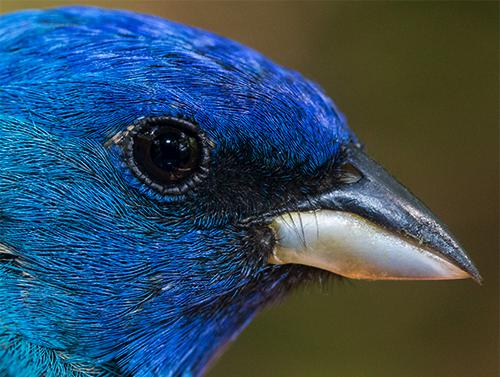

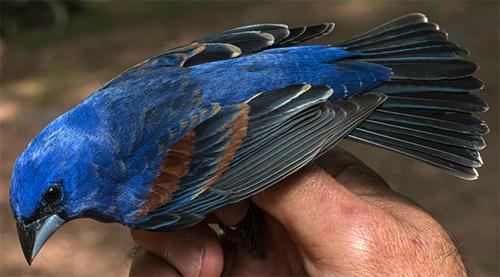

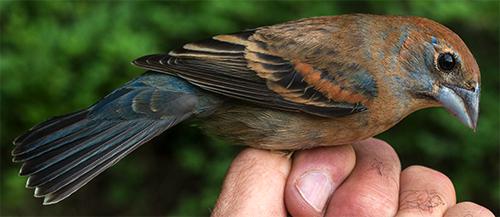
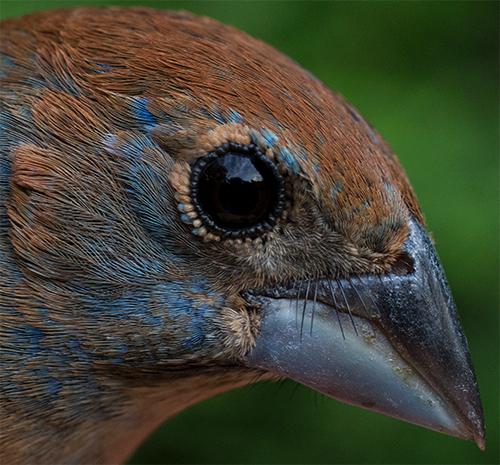

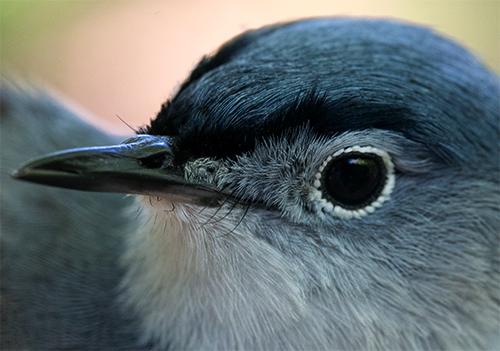

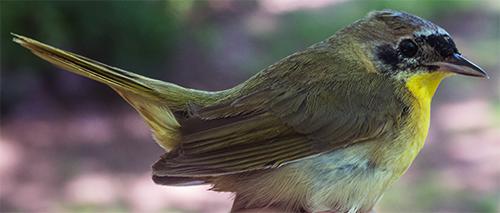
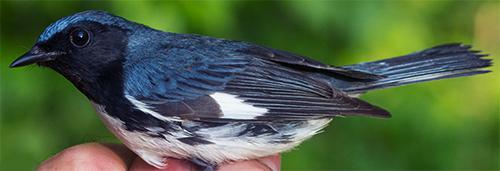
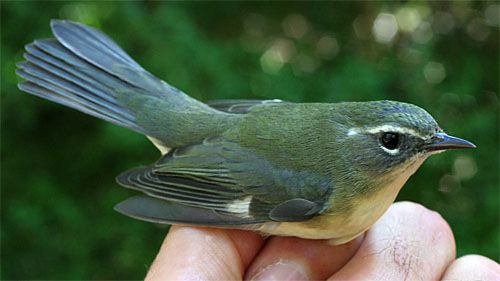
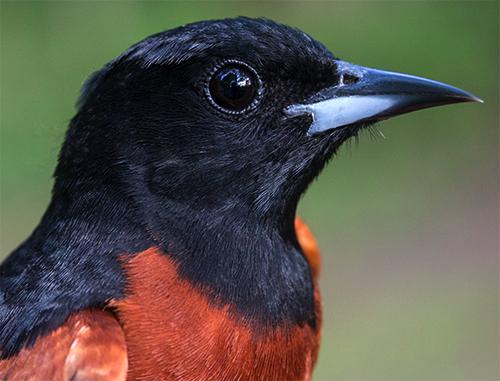
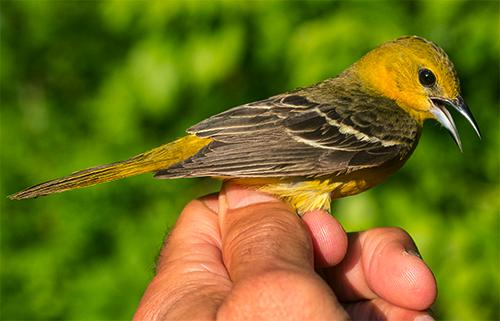
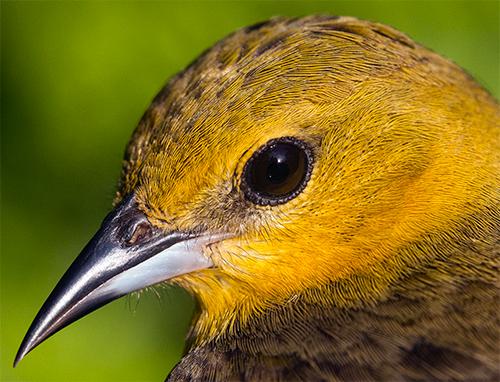
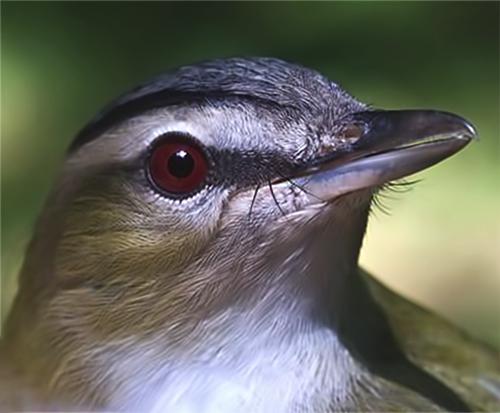
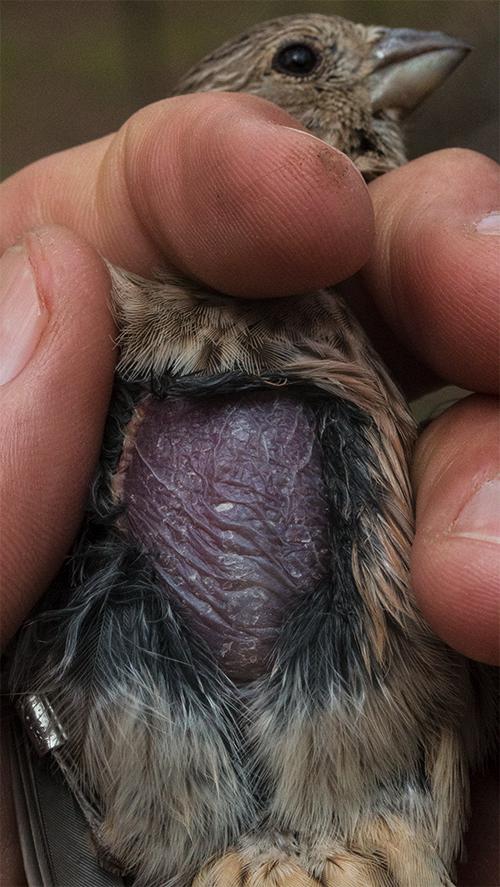










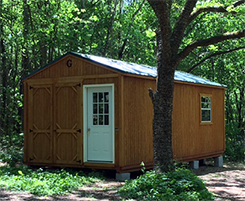
 Please report your
Please report your